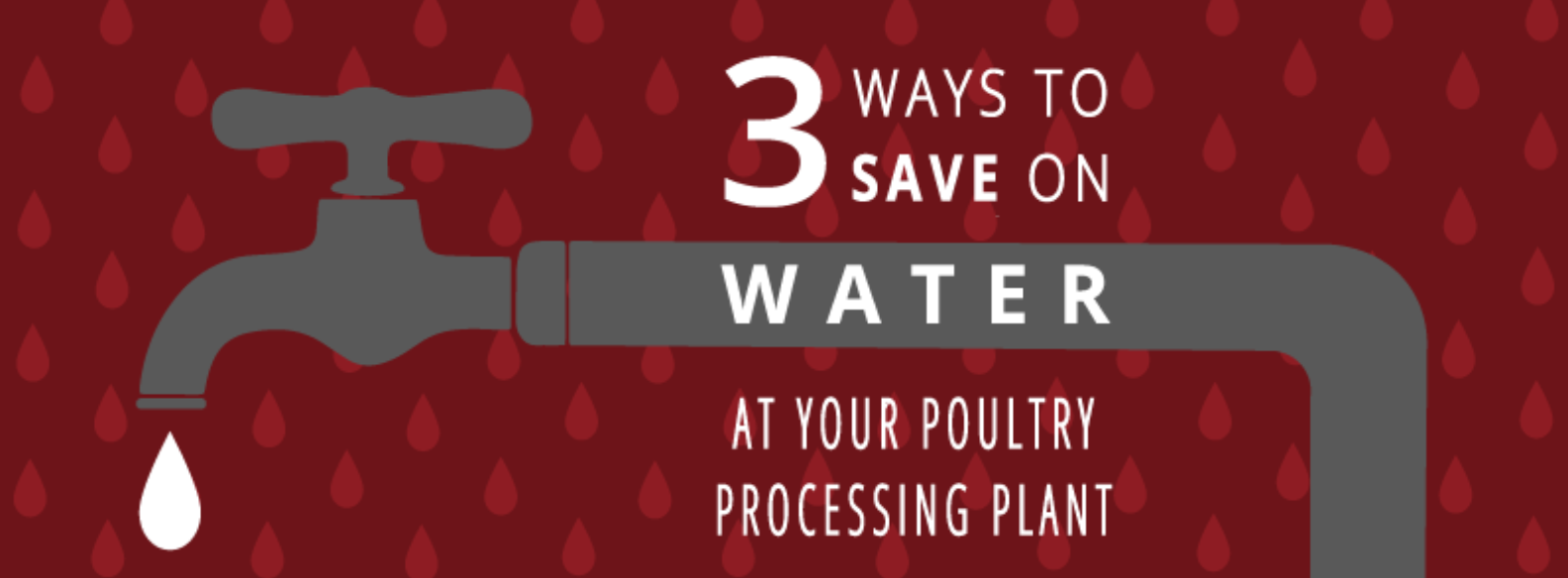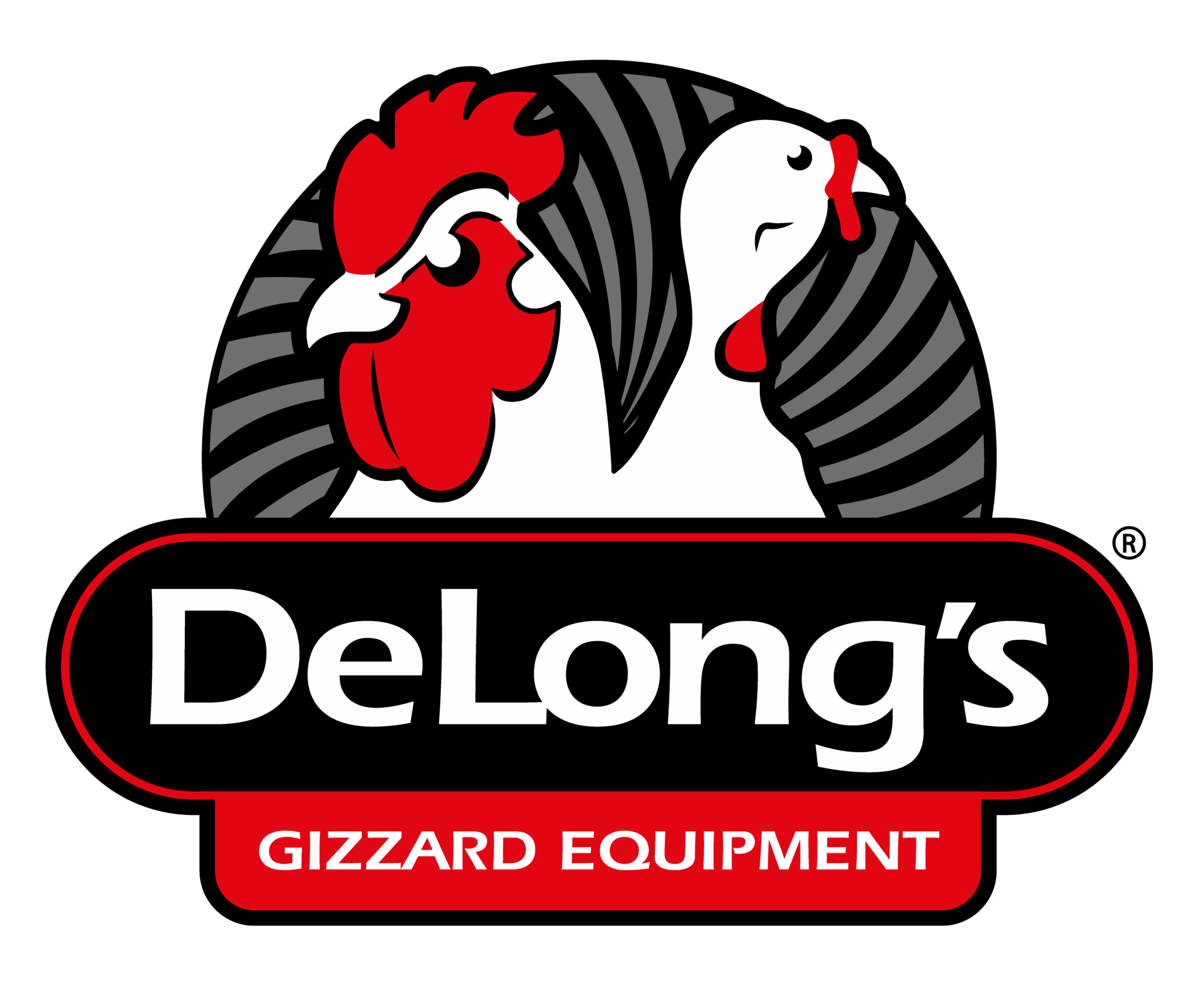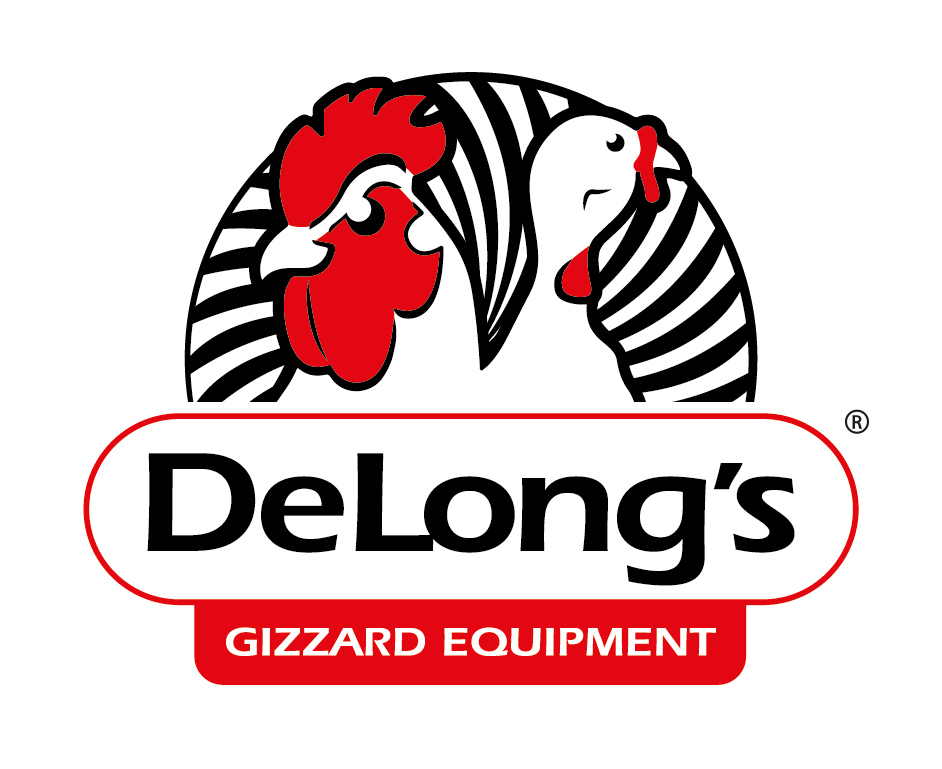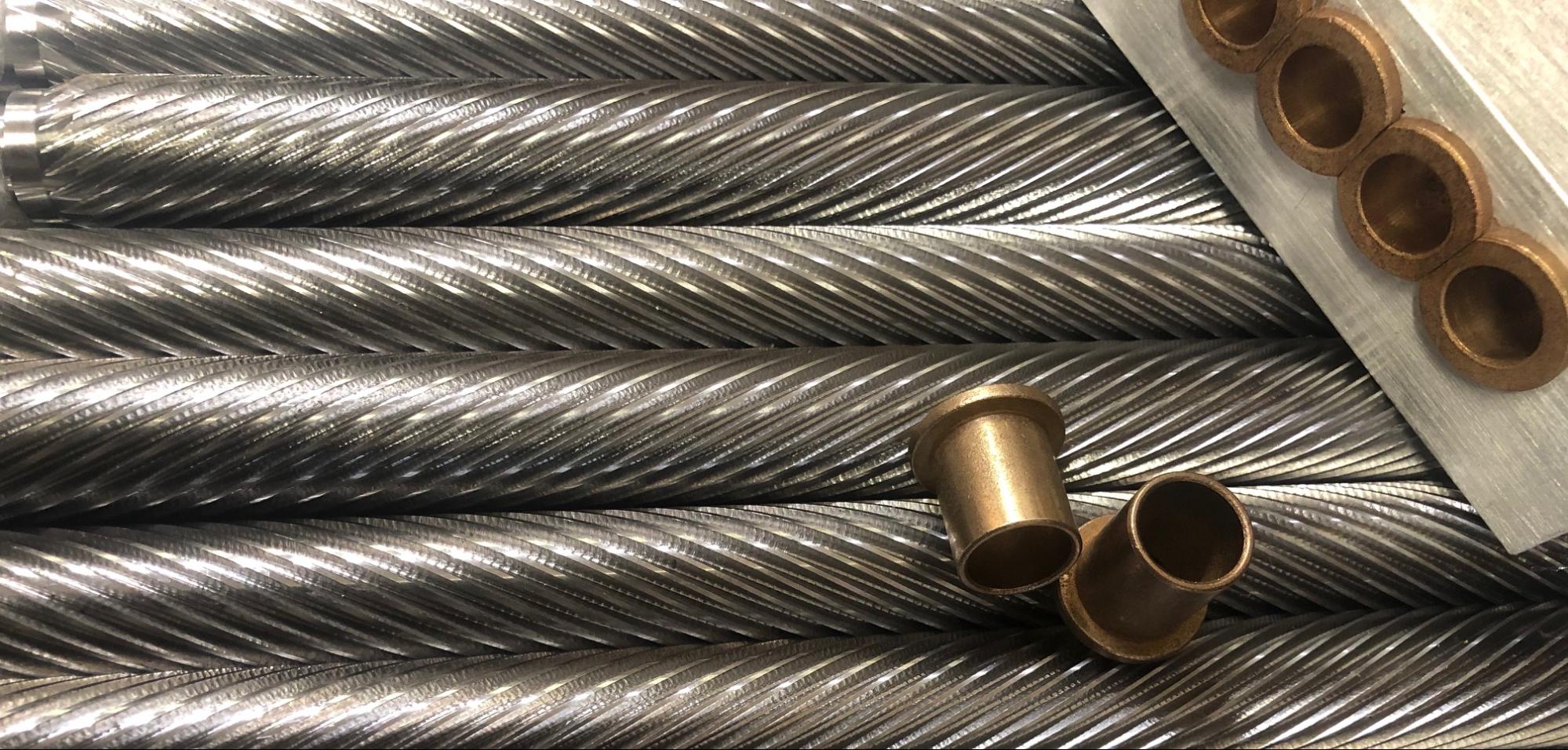
01 Sep 3 Ways to Save on Water at Your Poultry Processing Plant
As an inexpensive and plentiful resource, clean running water has been an essential part of life for so long that most people living in the United States never know what it’s like to go without it. Only relatively recently, with the rising popularity of green-energy movements and conservation efforts, has water consumption become a serious consideration for the average American.
However, while we may often take it for granted in our personal lives, in an industrial setting, water is a cost consideration like any other. This is especially true for poultry production plants, given how much water is needed to take each bird from raw material to finished product.
According to the EPA, it takes about nine gallons of water to slaughter one bird, so plants running at high efficiency will quickly start to see their water bills add up. With both environmental conservation and your wallet in mind, here are three key strategies you can use to save water at your poultry production plant:
Performing a Water Audit
It’s practically impossible to cut down your water expenses if you can’t be certain precisely how much you’re using in a given month. However, as issues like population growth, economic development, and regional droughts continue to impact water consumption and availability, it becomes more and more important to know exactly where you stand.
As facility managers continue to face rising rates and water use restrictions, it pays to have a concrete idea of exactly how far you’ll be able to stretch your budget. This has risen to the increasingly common practice of getting a plant-wide water audit.
Water audit is specifically designed to measure and calculate exactly how much water each of your plant’s processes is using, whether it be for the poultry production process itself or for sanitation, maintenance, irrigation, or any other area. A proper water audit traces every drop of water that enters your plant all the way from first entry to eventual discharge into the sewer.
Beyond giving you solid numbers for exactly how much water your plant is using, a water audit will also help you identify any potential leaks and quantify how much previously-unaccountable water your plant is wasting. With this in hand, you’re free to build an effective water management plan for your entire plant.
Waste Reduction and Recycling
Once you know exactly what your budget entails, it’s time to start finding ways to push it further. Of course, no matter your budget, your water bill will always be smaller if you use less water, so one of the best next steps is to look into ways you can reduce the water that goes to waste at your plant and recycle as much leftover water as possible into other processes.
One of the more manageable steps toward water efficiency is simply to ensure that all water-carrying pipes and hoses throughout the plant are free of any leaks and carrying out any necessary repairs as breakages happen. Your water audit will help you in this area by outlining your current problem areas and helping you identify the leaks causing them.
In poultry plants, a lot of spillage tends to occur as birds enter the scalder and the blowers start up, so a simple solution might be to install bigger, deeper tank scalders to reduce the amount of water that splashes over. You can also try using less water in the scalder overall if your plant can manage it without sacrificing product quality.
Some overflow and dripping is inevitable, but smart managers can turn this waste back into usable water by adding drip pans to some of the plant’s most water-heavy equipment. While this is “red water,” meaning it has biological components in it and thus can’t be used for sanitation or any process that needs clean water, it can be reused for process such as the chiller.
Eliminating the Human Aspect
While a significant portion of the water your plant uses will go toward the birds you’re producing, don’t forget about the human aspect. Remember that the primary production of the plant isn’t the only place where water gets wasted. Pay particular attention to your plant’s secondary areas, like kitchens and bathrooms, which can really rack up water expenses.
One problem is that people make mistakes, simply forgetting to turn things off or leaving faucets running. By incorporating electronic faucets and automatic shutoff valves in kitchens and bathrooms, you can save 50-80% of the water currently being used in these areas. Touchless operation through motion sensors also means that fewer germs and pathogens are spread.
For even more information about how you can make the most out of your plant’s processes and build a strategy for success, download our free informative guide, How to Find Efficient Poultry Processing Equipment and take your plant to the next level today!



